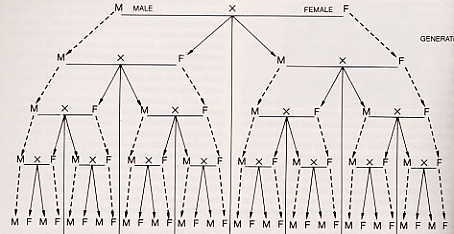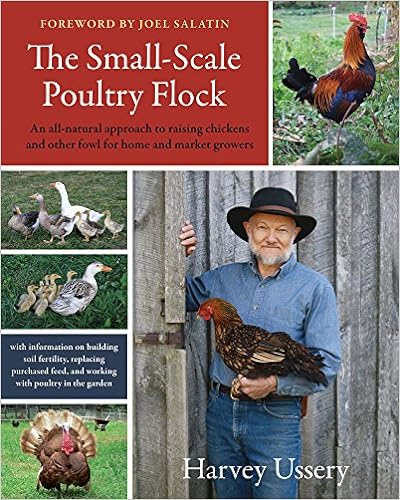- Thread starter
- #31
- Oct 13, 2008
- 1,020
- 281
- 329
Interesting... You mentioned earlier using games in your breeding but I didnt realize you meant in such high percentages! I wonder, in regards to egg production in particular, if it makes a diference whether the new blood was introduced via a cock or a hen? I would think it would, but then I dont really know... I have a lot more to learn about inheritance patterns in poultry.
Last edited:












